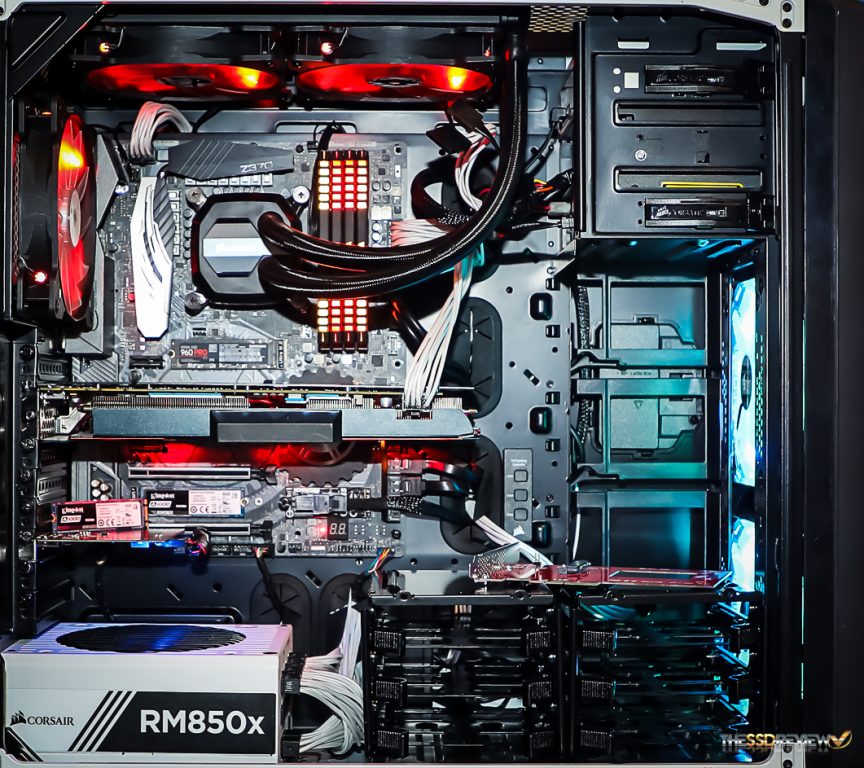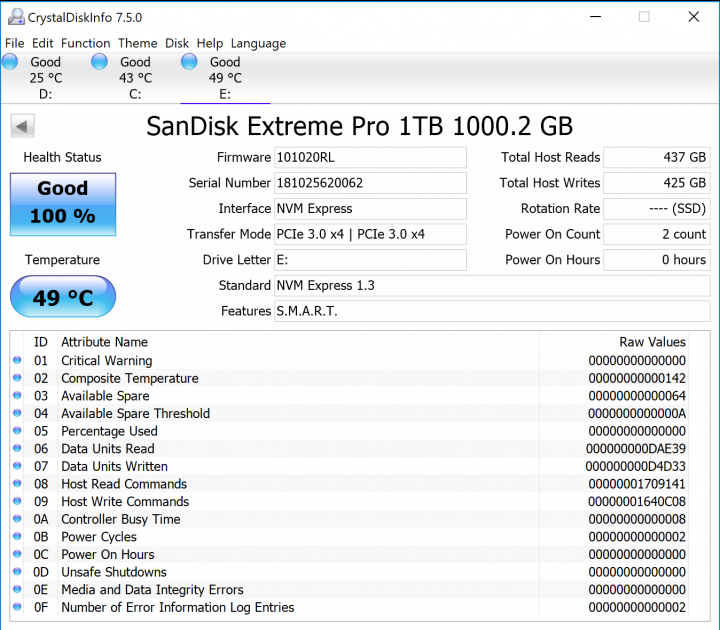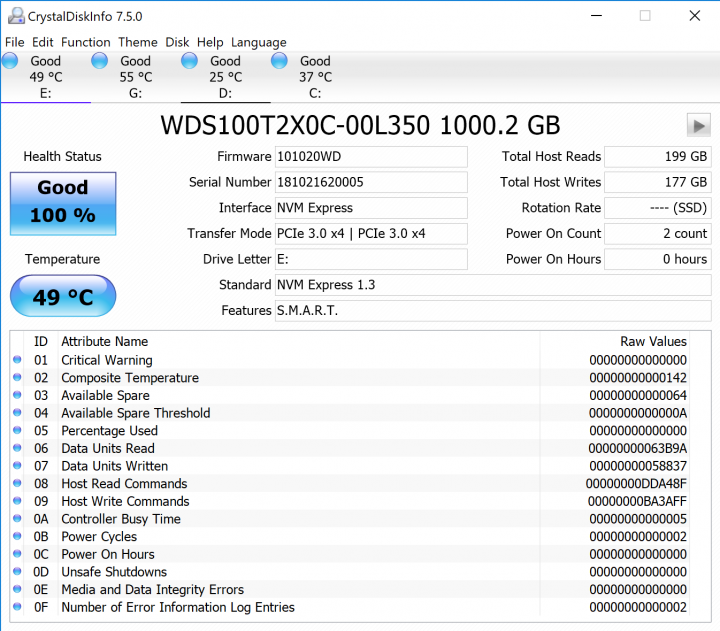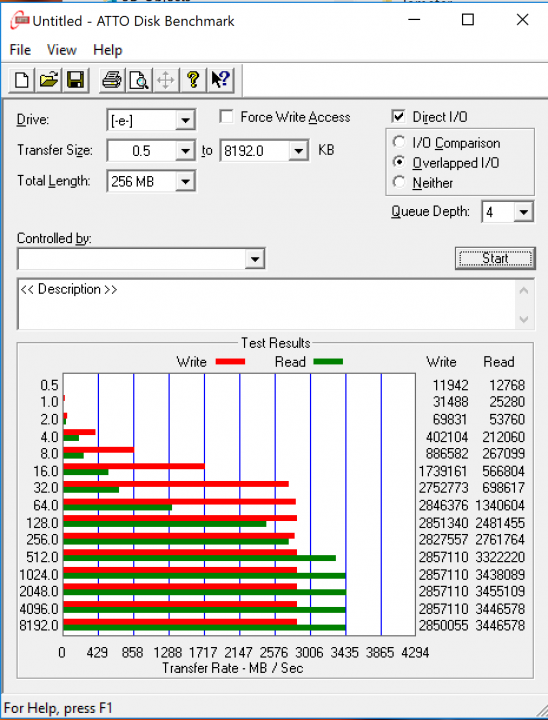TSSDR TEST BENCH AND PROTOCOL
SSD testing at TSSDR differs slightly, depending on whether we are looking at consumer or enterprise storage media. For our SanDisk Extreme Pro and WD Black NVMe testing today, our goal is to test in a system that has been optimized with our newest resource, The SSD Reviewers Guide to SSD Optimization 2018. To see the best performance possible, the CPU C states have been disabled, C1E support has been disabled, Enhanced Intel SpeedStep Technology (EIST) has been disabled. Benchmarks for consumer testing are also benchmarks with a fresh drive so, not only can we verify that manufacturer specifications are in line but also, so the consumer can replicate our tests to confirm that they have an SSD that is top-notch. We even provide links to most of the benchmarks used in the report.
SYSTEM COMPONENTS
The components of this Test Bench are detailed below. All hardware is linked for purchase and product sales may be reached by a simple click on the individual item. As well, the title is linked back to the individual build article where performance testing can be validated.
TSSDR ASROCK Z370 TAICHI TEST BENCH (link)
| PC CHASSIS: | Corsair Arctic White 760T Graphite |
| MOTHERBOARD: | ASRock Z370 Taichi |
| CPU: | Intel Coffee Lake Core i7-8770K |
| CPU COOLER: | Corsair Hydro Series H110i GTX |
| POWER SUPPLY: | Corsair RM850x 80Plus |
| GRAPHICS: | PNY GTX 1080 XLR8 Gaming OC |
| MEMORY: | Corsair Vengeance RGB DDR-3600 (32GB) |
| STORAGE: | Samsung 960 Pro 2TB NVMe M.2 SSD |
| KEYBOARD: | Corsair Strafe RGB Silent Gaming |
| MOUSE: | Corsair Glave RGB Aluminum Gaming |
| OS | Microsoft Windows 10 Pro 64 Bit |
BENCHMARK SOFTWARE
The software in use for today’s analysis is typical of many of our reviews and consists of Crystal Disk Info, ATTO Disk Benchmark, Crystal Disk Mark, AS SSD, Anvil’s Storage Utilities, PCMark Vantage, PCMark 8 Storage 2.0 and Extended, AJA, as well real data transfer testing. Our selection of software allows each to build on the last and to provide validation to results already obtained.
Crystal Disk Info is a great tool for displaying the characteristics and health of storage devices. It displays everything from temperatures, the number of hours the device has been powered, and even to the extent of informing you of the firmware of the device.
In comparing these two Crystal DiskInfo charts, we can confirm that both SSDs are PCIe 3.0 x4 and compliant with NVMe 1.3 protocol, and we can also confirm the different firmware.
ATTO Disk Benchmark is perhaps one of the oldest benchmarks going and is definitely the main staple for manufacturer performance specifications. ATTO uses RAW or compressible data and, for our benchmarks, we use a set length of 256mb and test both the read and write performance of various transfer sizes ranging from 0.5 to 8192kb. Manufacturers prefer this method of testing as it deals with raw (compressible) data rather than random (includes incompressible data) which, although more realistic, results in lower performance results.
This particular result is from the WD Black but we can verify that both SSDs produced identical results. From this point forward, we won’t be including both unless there is a difference in performance that needs to be identified. Taking a look at this result, performance is top-tier at 3.4GB/s read and 2.8GB/s write and both appear to be solid SSDs as performance exhibits a gradual increase in tune with data sample size increase.
 Technology X Tomorrow's Technology Today!
Technology X Tomorrow's Technology Today!




